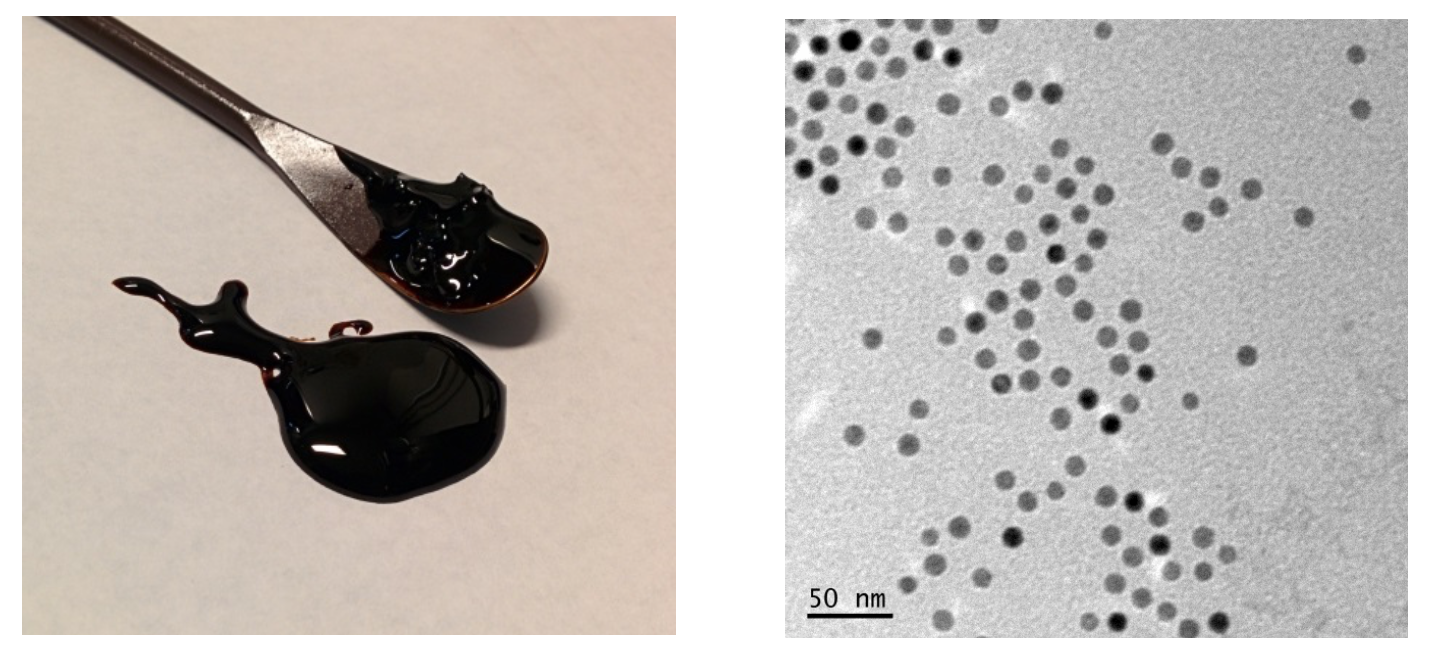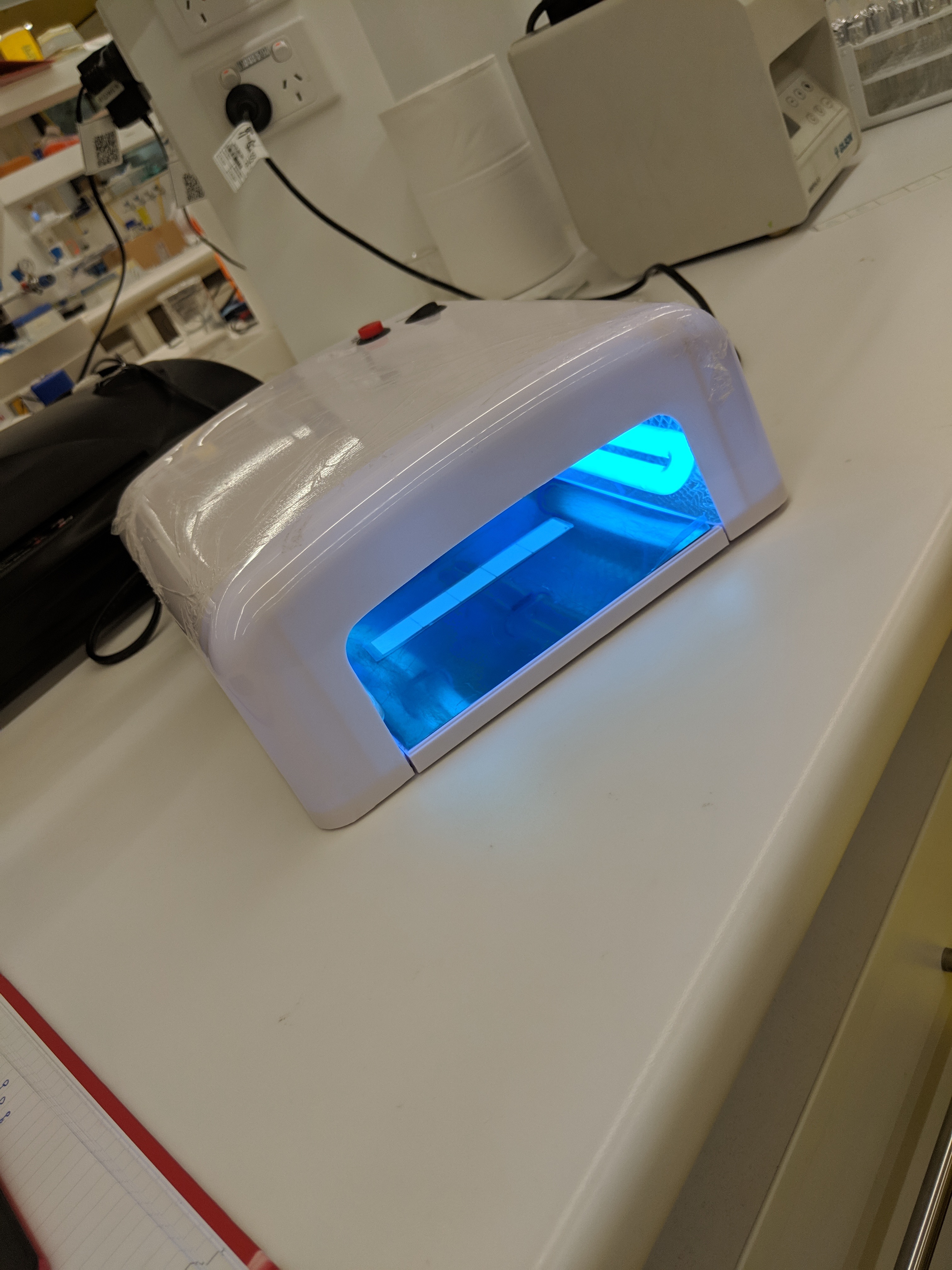Recently, I’ve been exploring the technologies being developed in the Ian Potter NanoBioSensing Facility and getting inspired by the scientists working in the lab. I’m particularly enjoying seeing the scientists present papers related to their work, discussing the scientific approaches, and being immersed in the practices, language and graphics of nanochemistry. I’ve interviewed several of the senior scientists to get to know their work, and I’ll outline some of the lab projects that I am engaging with here.
Nanoparticles are used in biosensing systems to detect biomolecules in-vivo (“within the living”, i.e. within a living organism), in-vitro (“within the glass”, i.e. outside of a living organism). I’m particularly interested in nanotechnologies and their interfaces with the body, however some of the technologies being developed in the Ian Potter NanoBioSensing Facility are not yet fully developed for use in humans, so some of the experimentation is occurring in-vitro at this stage. But metaphorically and poetically I might use these experiments to stand-in for in-vivo use.
Three projects have peaked my interest so far:
1. Scientists are working on developing nanoparticles that can be used to trace the movement of engineered therapeutic immune cells within the body. This study is complex and so I will write more on this separately soon. This work is due for first-time-in-human studies in the next month. It is fascinating in that the patient’s immune cells are taken out of the body, engineered, loaded with nanoparticles, and re-introduced to the body. It represents a class of highly customisable, and highly expensive, therapeutics that are showing promise at combating certain cancers.
2. The development of nanoparticles that detect the DNA of pathogens such as Norovirus (which causes gastroenteritis) and bacterial species responsible for bacterial vaginosis. The nanoparticles are then involved in a colorimetric system, i.e. a system that includes a colour change that signals the presence of the pathogen.
3. Scientists are making a paper-based UV sensing system to help people of different skin colour know when they have had either too much harmful UV, or not enough Vitamin D inducing rays. The ink is chemically designed to develop at different rates, and to help determine how much is too much, or not enough, UV exposure. Scientists are designing wearable systems that are intended for use in scenarios such as music festivals.
Test version of the paper-based ink in a UV chamber.
Some thoughts and questions that have come out of this initial period of exploration, the interviews, and of reading around nanoethics, are the following:
- To what extent should scientists be expected to consider the ethics of the technologies that they design?
- Are social and cultural issues only the concern of the design and commercialisation processes rather than of scientific development?
- How do we engage scientists in ethics? Many ethical considerations are factors in the design of these nanobiosensing technologies. For example, the simplicity of real-time colorimetric systems means greater accessibility for economically challenged communities and countries, or the ability to self-test in complete privacy without the possibly invasive involvement of a doctor, in the case of Bacterial Vaginosis.
- The ethics that biomedical scientists are by law and training are required to follow are aimed at avoiding harm to individuals, but rarely consider broader psychological, cultural or social affects.
- How do the ethics of science reflect our values as a broader society?
- The ethical issues of importance that these kinds of technologies impinge upon are things like accessibility, low-cost / high-cost, privacy, short-term benefit / long term harm, individual benefit / social harm, social segregation, and possibly even surveillance of molecules/cells within the body.


